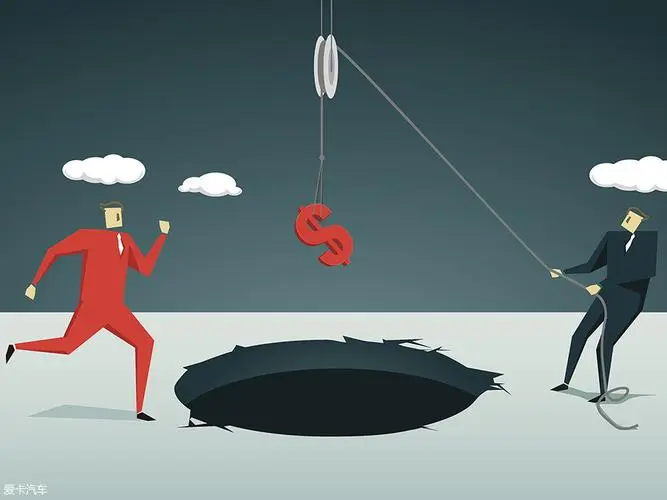
The first step in identifying a scam is to see if a guaranteed return is promised. Regardless of the exact form of these investment traps, their salespeople will repeatedly make the case to potential investors that they will not lose money and that they will make money. However, this is not in line with the principle of economics. The returns and risks of a financial product coexist, and the safety and yield rate cannot be considered simultaneously. Even the most secure Treasury bonds, backed by the state apparatus, are not completely risk-free, let alone these obscure investment institutions. In fact, fixed-return promises are illegal even for formal financial institutions. To understand a financial product, we should first understand the risks behind it. Wealth management products that dare to promise no risk often have the biggest risks.

The second step is whether the yield of these products is much higher than that of ordinary formal financial products. The yield of financial products in banks is generally 4%-5%, but the yield promised by criminals in various financial scams is much higher than this, and the more unreliable the yield of financial products is surprisingly higher. Such a high rate of return is very unreasonable, because no matter what kind of business you do now, it is difficult to have such a high profit. High return and low risk is a huge investment scam. Under the current low rate of return of all kinds of assets in the market, it can be said that short-term products promising more than 10% return are basically scams. The third step is to determine whether the underlying assets are clear. Any kind of financial product, no matter how complex its composition, must be supported by an underlying real asset, financial products are not created out of thin air. However, many online lending products often package many underlying assets into a new product, making it impossible for investors to directly understand what the underlying assets are. Its underlying assets are often credit loans, consumer finance, auto loans, mortgage loans, receivables transfer, etc., which have a weak foundation and may have a long capital recovery cycle. Even many investment institutions are reluctant to provide clients with a full list of underlying assets. The fourth step is to judge whether to borrow new to repay old, Ponzi financing. Many investment traps tend to have good initial returns, but most schemes are based on borrowing new money to pay back old money, or Ponzi financing. A Ponzi scheme means that you have to get the money rolling in the beginning, so you have to benefit the early investors, let them advertise, let new people come in. It is in the best interest of the fund-raiser to wait until more and more people come in and then start cheating.

Conclusion: Financial products should be purchased through formal investment channels. Some projects or financial products in formal investment channels often do not have repeated financing, and most of them will control the financing scale within a certain range. The most fundamental thing is to cultivate the ability to identify risks, ensure the safety of their own investment, and obtain stable returns in the investment market.






